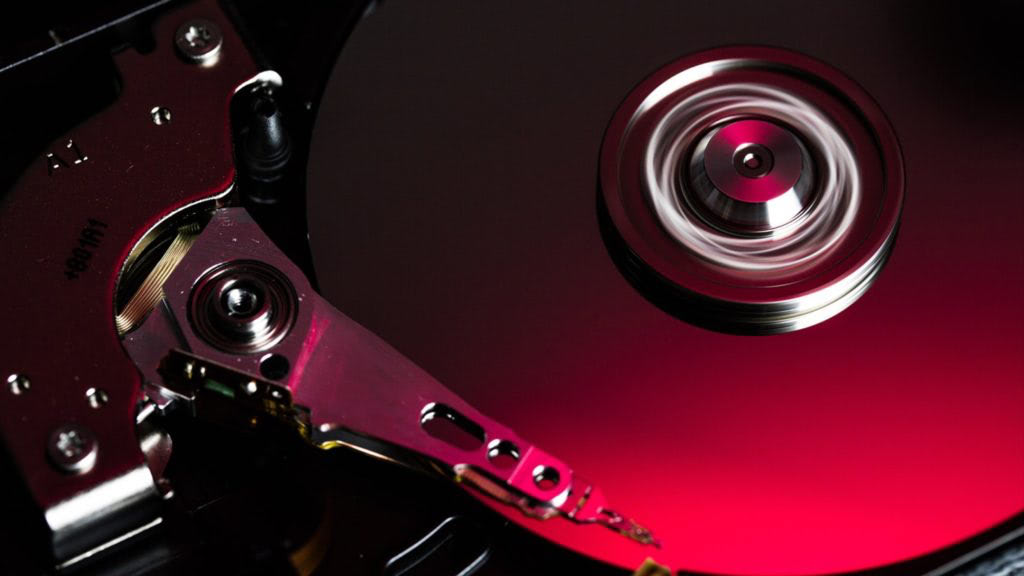Every photographer dreads the thought of losing photos due to a failed hard drive or some other problem. When it comes to defining a workflow for backing up your photos, there are certain habits I have found particularly important. Here are three backup habits that I consider most important for photographers, and that go beyond the simple concept of backing up your photos.

Photography tips: High frequency
If you experience a hard drive failure and your most recent backup was six months ago, all of the new photos and data you’ve created or modified in the past six months may be gone forever.
In other words, it is important to backup your photos frequently. The key is to make sure you’re in the habit of backing up on a regular basis, to ensure you are minimizing the consequences of a hard drive failure or other cause of data loss.
Photography tips: Real-time redundancy
When it comes to backup frequency, one way to really ensure frequent backups is to use a real-time solution.
You could configure your computer to make use of RAID (Redundant Array of Independent Drives). There are many different “flavors” of RAID, but most implementations enable you to have a real-time backup, by virtue of all data being written to two (or more) hard drives at the same time. So, for example, with an appropriate RAID implementation is configured, you might only see a single hard drive within your computer operating system, even though two drives are physically installed.
The RAID setup will cause any files you save on the first drive to be automatically written to the second drive at the same time. While a RAID solution doesn’t eliminate all risks of data loss, it can certainly provide considerable peace of mind as part of a larger overall backup strategy.
Photography tips: Separate media
It may seem entirely obvious, but it is important that the backup copy of your photos be stored separately from the original copies of those photos. I’m surprised how often a photographer tells me that they backup their photos into a separate folder on the same hard drive that the original photos are stored on.
When all copies (original and backup) are stored on the same storage device, a failure of that storage device may cause you to lose all copies of your photos. Taking this concept a step further, it is a good idea to not only keep the original and backup copies of your photos on separate hard drives but to also be sure that those drives are not permanently connected to the same computer.
For example, if you have two internal hard drives and you are using one of those as primary storage and one for your backup, there is the risk that a catastrophic issue with the computer will cause the loss of both hard drives.

About Tim Grey
Tim Grey is a photographer and educator who enjoys traveling the world in search of interesting experiences and photographic opportunities.
He has written eighteen books for photographers, published more than one hundred video training courses, and has had hundreds of articles published in magazines such as Digital Photo Pro and Outdoor Photographer, among others. Tim also publishes the daily (and free) Ask Tim Grey eNewsletter, the monthly Pixology digital magazine, and a wide variety of video training courses through his GreyLearning website.
Tim teaches through workshops, seminars, and appearances at major events around the world. You can learn more at http://www.timgreyphoto.com/.
This post originally appeared on Photofocus.com. Watch for “Photography Tips: Saving Photographs Parts 2 and 3”!
Check out our TruLife® Acrylic Featured Photographers to read all the nice things they have to say about TruLife® Acrylic, and don’t forget to sign up for our newsletter so we can deliver recent blog posts, along with any TruLife product and program updates, right to your inbox.
Share this Article:
This article is intended for educational purposes only and does not replace independent professional judgment. Statements of fact and opinions expressed are those of the author(s) individually and, unless expressly stated to the contrary, are not the opinion or position of Tru Vue or its employees. Tru Vue does not endorse or approve, and assumes no responsibility for, the content, accuracy or completeness of the information presented.
